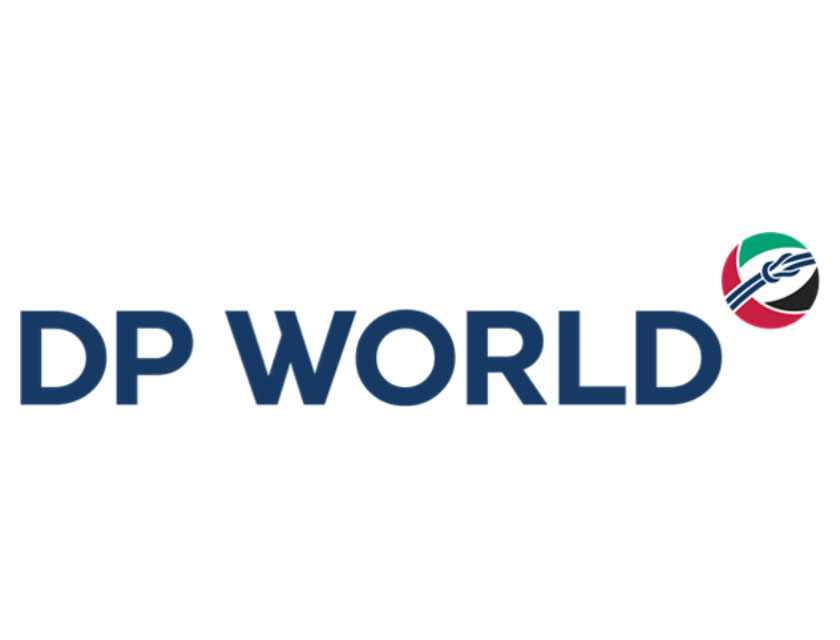ID :
468727
Tue, 11/07/2017 - 13:32
Auther :
Shortlink :
http://m.oananews.org//node/468727
The shortlink copeid
DP World to develop free zone in Somaliland

DUBAI, 7th November, 2017 (WAM) -- Sultan Ahmed Bin Sulayem, DP World Group Chairman and CEO, and Dr. Saad Ali Shire, Somaliland Minister for Foreign Affairs and International Cooperation, yesterday signed an agreement to develop the Berbera Free Zone, BFZ.
The development is based on DP World’s Jebel Ali Free Zone, Jafza, and aims to attract investments, encourage trade, create new jobs, and position Berbera as a gateway port for the region.
Under the terms of the agreement, DP World will develop BFZ in phases, with the first phase focusing on 4 square kilometres of land out of the 12.2 square kilometres earmarked for the project. Future phases will be detailed in a concept plan together with the projected capital investment required from DP World for its development.
Each phase of the BFZ will start once the previous phase has achieved 85 percent occupancy. It will target a wide range of businesses including warehousing, logistics, traders, manufacturers and other related businesses.
Commenting on the signing of the agreement, Bin Sulayem said, "We are excited by Somaliland’s development opportunities which has parallels with the start of our own growth in Dubai and the UAE. We thank the people of Berbera and Somaliland for welcoming us to their country and the trust they’ve placed in us as port operators and trade enablers. Our vision is to make Berbera a trading and transportation hub for the Horn of Africa and we look forward to achieving this together."
The new facility will build on DP World’s existing operations at the Port of Berbera where it has achieved substantial production gains in recent months. In September, the port recorded the highest container volumes in its history with a 40 percent increase compared to September 2016.
DP World has begun implementing the Berbera master plan, which includes an additional 400-metre container terminal. It has also upgraded existing facilities by introducing new equipment, including two reach stackers, 10 internal transfer vehicles and five forklifts.





